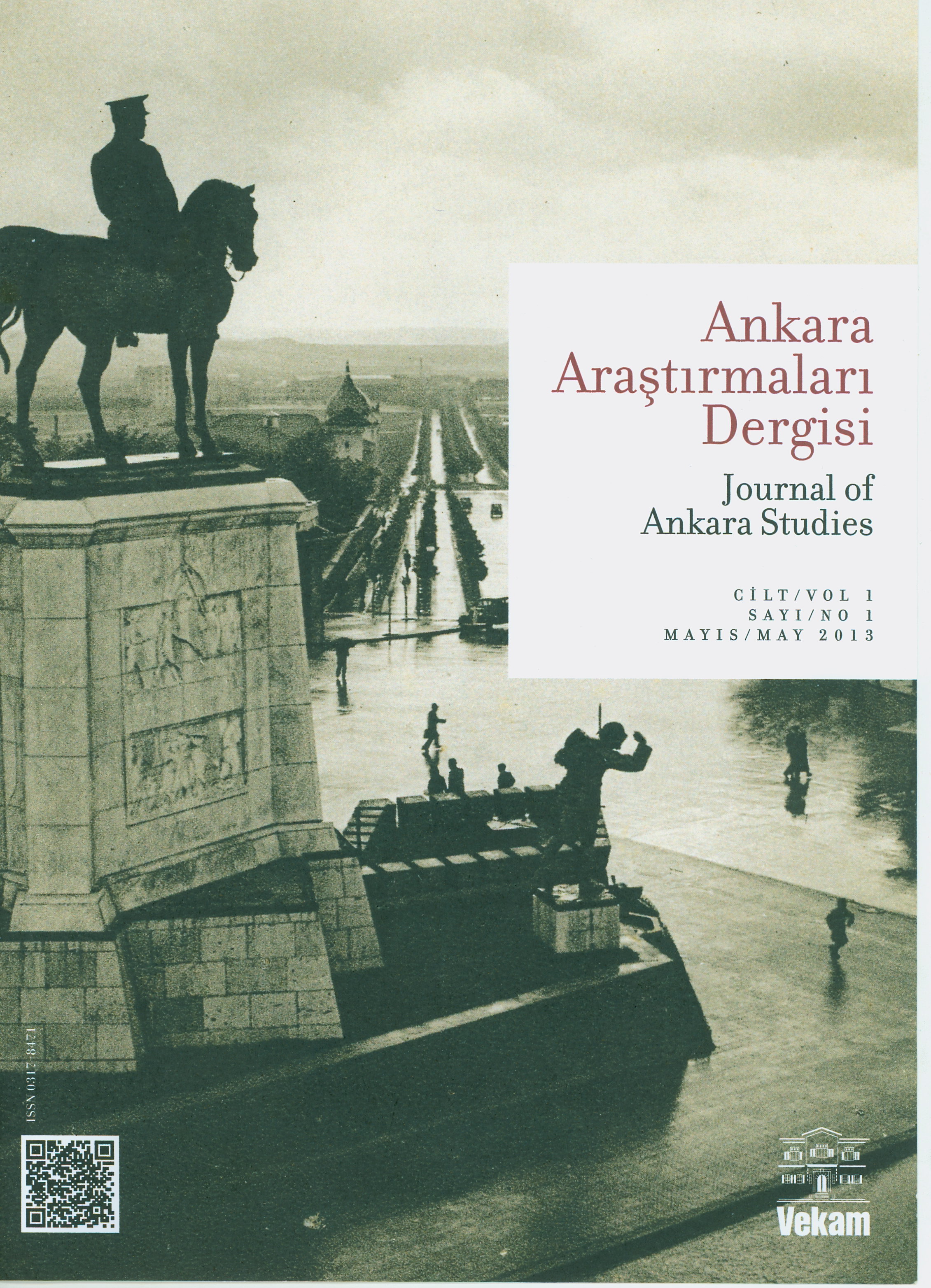Ankara Akköprü arkeometrik çalışmaları
Ali Akın Akyol1, Bekir Eskici1, Yusuf Kağan Kadıoğlu21Gazi Üniversitesi, Güzel Sanatlar Fakültesi, Kültür Varlıkları Koruma Ve Onarım Bölümü, Ankara2Ankara Üniversitesi, Mühendislik Fakültesi, Jeoloji Mühendisliği Bölümü, Ankara
Ankara, Akköprü’deki inceleme ve örnekleme çalışması ile köprüye ait taş ve harç örnekleri üzerinde arkeometrik çalışmalar gerçekleştirilmiştir. Taşların bünyesinde bulunan suda çözünen tuzlar, spot tuz testleri ve kondaktometrik analiz ile elde edilmiştir.
Harçların agrega ve bağlayıcı içerikleri, asidik agrega/bağlayıcı, agrega granülometrisi, ince kesit optik mikroskop ve X-ışını toz kırınımı analizleri ile belirlenmiştir. Ayrıca taş örneklerin fiziksel özellikleri uygulanan fiziksel testler ile belirlenmiştir. Gerçekleştirilen çalışma
ile Akköprü’de ağırlıklı olarak kullanılan yapı taşının andezit ve yanında ignimbirit ile dasit, özgün bağlayıcının da kireç harcı olduğu görülmüştür. Akköprü’ye ait çimento içerikli harçların yakın dönem müdahalelerini yansıttığı anlaşılmıştır. Petrografik çalışmaların
ışığında özgün yapısal örneklerin hammadde kaynağı açısından yerel formasyonu yansıttığı görülmüştür. Bazı taş örneklerin yüksek tuz içerikleri ve duraysız fiziksel durumları onların farklı derecelerde bozulma sürecinde olduklarını göstermiştir.
Archaeometric exploration at Akköprü in Ankara
Ali Akın Akyol1, Bekir Eskici1, Yusuf Kağan Kadıoğlu21Department Of Conservation And Restoration Of Cultural Property. Gazi University, Ankara, Turkey2Department Of Geological Engineering, Ankara University, Ankara, Turkey
The archaeometric exploration was conducted by surveying and sampling studies on the stone, and mortar samples from Akköprü in Ankara. Spot salt test and conductometric analysis were applied to get water soluble salt content of stone samples. The aggregate and binder part of the mortars were determined by the analyses of acidic aggregate & binder, aggregate granulometry, thin section optic microscopy and X-ray diffraction. In addition, the physical conditions of the stones were determined by some physical tests. The results of archaeometrical data showed that the constructive stone material was mainly andesite besides ignimbrite and dacite, and the original binder material was lime mortar. The cement content of the binder of mortars reveals the recent interventions on Akköprü. In the light of petrographic studies it was understood that the source of the original constructive raw material reflects the local formation. The high soluble salt content and the bad physical conditions of some stones also showed that they are undergoing a decomposition process of different degrees.
Keywords: Akköprü, Archaeometry, Stone analysis, Mortar analysis, Physical tests, Thin section analysis, AnkaraMakale Dili: Türkçe













